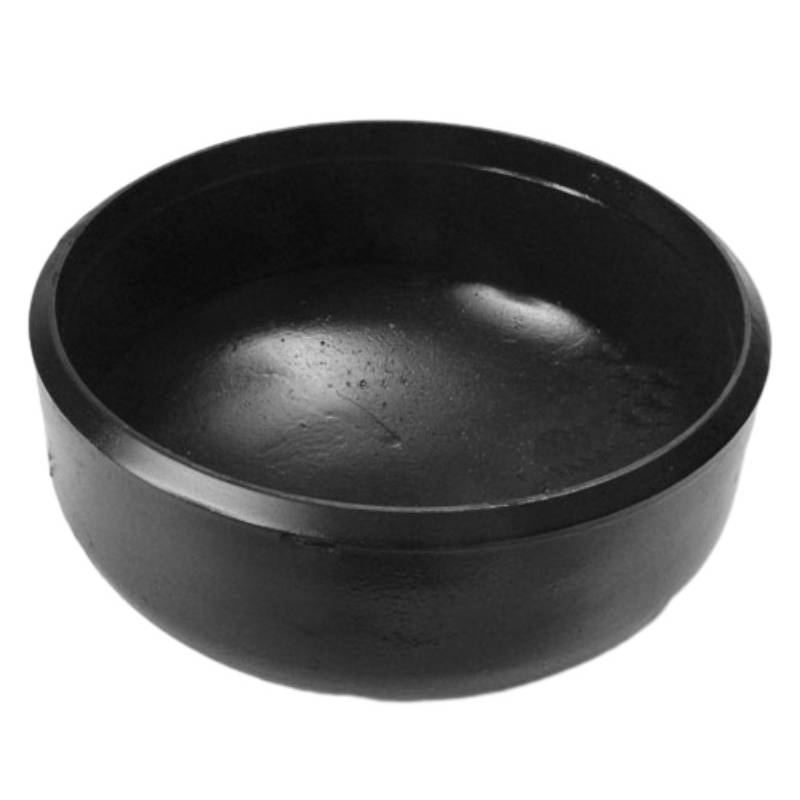-
Cangzhou Yulong Steel Co., Ltd.
-
Phone:
+86 13303177267 -
Email:
admin@ylsteelfittings.com
- English
- Arabic
- Italian
- Spanish
- Portuguese
- German
- kazakh
- Persian
- Greek
- French
- Russian
- Polish
- Thai
- Indonesian
- Vietnamese
- Zulu
- Korean
- Uzbek
- Hindi
- Serbian
- Malay
- Ukrainian
- Gujarati
- Haitian Creole
- hausa
- hawaiian
- Hebrew
- Miao
- Hungarian
- Icelandic
- igbo
- irish
- Japanese
- Javanese
- Kannada
- Khmer
- Rwandese
- Afrikaans
- Albanian
- Amharic
- Armenian
- Azerbaijani
- Basque
- Belarusian
- Bengali
- Bosnian
- Bulgarian
- Catalan
- Cebuano
- China
- China (Taiwan)
- Corsican
- Croatian
- Czech
- Danish
- Esperanto
- Estonian
- Finnish
- Frisian
- Galician
- Georgian
- Kurdish
- Kyrgyz
- Lao
- Latin
- Latvian
- Lithuanian
- Luxembourgish
- Macedonian
- Malgashi
- Malayalam
- Maltese
- Maori
- Marathi
- Mongolian
- Myanmar
- Nepali
- Norwegian
- Norwegian
- Occitan
- Pashto
- Dutch
- Punjabi
- Romanian
- Samoan
- Scottish Gaelic
- Sesotho
- Shona
- Sindhi
- Sinhala
- Slovak
- Slovenian
- Somali
- Sundanese
- Swahili
- Swedish
- Tagalog
- Tajik
- Tamil
- Tatar
- Telugu
- Turkish
- Turkmen
- Urdu
- Uighur
- Welsh
- Bantu
- Yiddish
- Yoruba

Dec . 09, 2024 16:19 Back to list
Understanding Class 300 Flanges and Their Applications in Various Industries
Understanding Class 300 Flanges A Comprehensive Guide
Flanges play a vital role in piping systems, serving as crucial components that allow the joining of two sections of pipes, valves, pumps, and other equipment. Among the many types of flanges available, Class 300 flanges are a commonly used choice in various industrial applications. This article aims to provide a comprehensive overview of Class 300 flanges, including their specifications, applications, benefits, and installation procedures.
What are Class 300 Flanges?
Class 300 flanges are classified based on their pressure rating. The Class designation refers to the flange's ability to withstand a certain amount of pressure at a predefined temperature. Specifically, Class 300 flanges are designed to handle a maximum pressure of 740 psi at a temperature of 100°F. The pressure capacity can vary at higher temperatures, making it essential to consult the appropriate flange rating charts for specific applications.
These flanges are typically made from various materials, including carbon steel, stainless steel, and alloy steel, allowing for diverse applications across industries, such as oil and gas, chemical processing, and water treatment. The dimensions and specifications for Class 300 flanges generally conform to the standards set by organizations such as the American National Standards Institute (ANSI) and the American Society of Mechanical Engineers (ASME).
Standard Specifications
Class 300 flanges are generally manufactured according to ASME B16.5, which provides specifications for flanges and flanged fittings. The size of Class 300 flanges ranges from ½ inch to 24 inches in diameter. The bolt hole pattern is also standardized, meaning that the flanges can be bolted together easily without compatibility issues—an essential quality for ease of installation and maintenance.
For Class 300 flanges, the thickness, dimensions, and number of bolt holes are specifically defined to ensure reliability and integrity under high-pressure conditions. The raised face (RF) type is the most commonly used configuration, which enhances the sealing capabilities of the joint by providing a surface area for the gasket.
Applications
Class 300 flanges are prevalent in various industries, particularly in high-pressure situations. Some common applications include
1. Oil and Gas Industry These flanges are often utilized in pipelines that transport crude oil, natural gas, and various petrochemical products. Their ability to withstand high pressure makes them ideal for this environment.
2. Chemical Processing In chemical plants, Class 300 flanges can handle corrosive substances and high-pressure reactions, providing a reliable sealing solution.
3. Water Treatment Plants These flanges are used in high-pressure water systems where durability and resistance to corrosion are paramount.
4. HVAC Systems Class 300 flanges are employed in heating, ventilation, and air conditioning systems, where they connect various pipes and equipment, ensuring efficient fluid flow.
class 300 flanges

Benefits of Class 300 Flanges
1. High Pressure and Temperature Tolerance Class 300 flanges are designed to withstand considerable pressure, making them suitable for high-demand applications.
2. Versatility They are available in various materials, allowing for use in different environments, including corrosive and high-temperature settings.
3. Ease of Installation Standardized dimensions and bolt patterns ensure that Class 300 flanges can be installed efficiently across different systems.
4. Durability Made from robust materials, these flanges offer long service life and low maintenance requirements, contributing to cost-effectiveness.
Installation Procedures
Installing Class 300 flanges typically involves the following steps
1. Preparation Ensure that the pipe ends are clean and free of debris. Inspect the flange surfaces for any imperfections.
2. Gasket Placement Choose a suitable gasket that matches the application requirements and place it on the raised face of the flange.
3. Alignment Carefully align the flanges, ensuring that bolt holes are matched correctly.
4. Bolting Insert bolts into the aligned holes and tighten them evenly, using a torque wrench to meet the specified torque values.
5. Inspection After installation, conduct a pressure test to check for leaks and confirm that the connection is secure.
In conclusion, Class 300 flanges are essential components in many industrial applications due to their pressure tolerance, durability, and versatility. Understanding their specifications and proper installation techniques can greatly enhance the efficiency and safety of piping systems. As industries continue to evolve, the relevance of Class 300 flanges remains strong, ensuring reliable connections in demanding environments.
Latest news
-
ANSI 150P SS304 SO FLANGE
NewsFeb.14,2025
-
ASTM A333GR6 STEEL PIPE
NewsJan.20,2025
-
ANSI B16.5 WELDING NECK FLANGE
NewsJan.15,2026
-
ANSI B16.5 SLIP-ON FLANGE
NewsApr.19,2024
-
SABS 1123 FLANGE
NewsJan.15,2025
-
DIN86044 PLATE FLANGE
NewsApr.19,2024
-
DIN2527 BLIND FLANGE
NewsApr.12,2024
-
JIS B2311 Butt-Welding Fittings LR/SR 45°/90° /180°Seamless/Weld
NewsApr.23,2024











